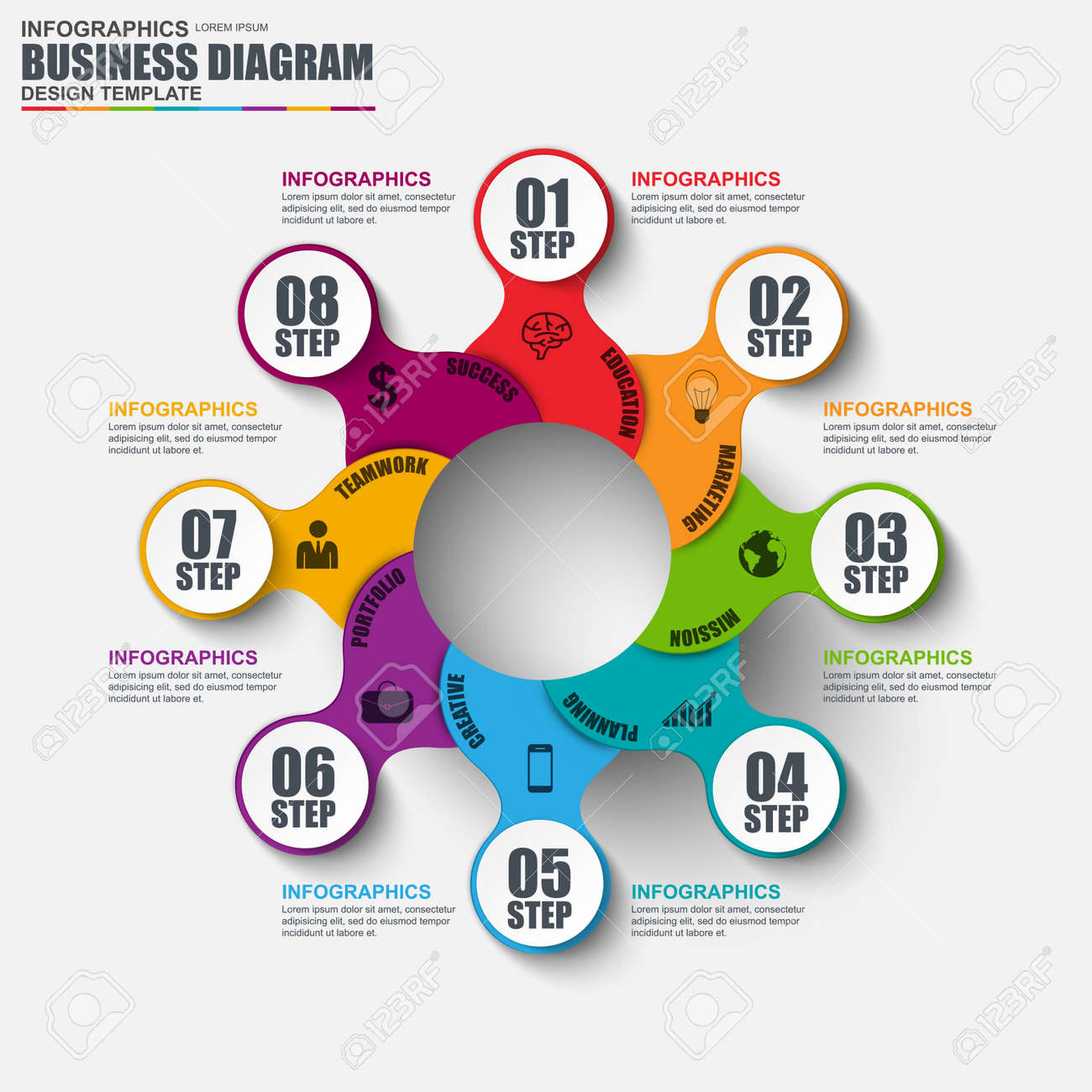Fundamental Facets Of Website Design: Guidelines For Developing A User-Centric Site
Fundamental Facets Of Website Design: Guidelines For Developing A User-Centric Site
Blog Article
Material Create By-Le Thrane
When it involves website design, ensuring user-friendliness is key. From receptive layout to streamlined navigation, every element plays a crucial duty in producing a website that satisfies your audience's demands. However what about the better information that can make or break an individual's surfing experience? Keep tuned as we uncover some often-overlooked pointers that can elevate your website's functionality to the next level, making it absolutely stick out in the digital landscape.
Importance of Responsive Style
Receptive layout is a vital element of modern website growth. Guaranteeing your site is receptive means that it can adjust to various screen dimensions and devices, providing a seamless experience for users.
With the raising use of smartphones and tablet computers to access the web, having a responsive style is crucial for reaching a bigger audience. It assists in improving customer experience by making your web site simple to browse and keep reading any type of gadget.
In addition, responsive design can positively impact your search engine rankings, as online search engine like Google focus on mobile-friendly sites. By having a responsive design, you're likewise future-proofing your web site, as brand-new gadgets with varying display dimensions remain to arise.
Simplify Navigation Framework
To improve individual experience and assist in very easy access to information on your web site, improving the navigation structure is paramount. When developing your website, concentrate on producing a clear and instinctive navigating food selection that helps site visitors find what they're seeking swiftly.
Restriction the number of food selection products to the essentials, organizing related web pages together to prevent overwhelming customers. Usage local search engine optimisation services that plainly show the web content of each page, making it much easier for users to comprehend where each link will certainly take them.
Think about executing dropdown menus for subcategories to prevent jumbling the primary navigating bar. In addition, consist of a search bar plainly on the page for customers that choose searching for particular information.
search engine and optimization on mobile responsiveness in your navigation layout to make certain very easy access on all tools.
Optimize Web Page Lots Rate
Improving web page load rate is crucial for retaining visitors on your internet site. Slow-loading pages frustrate users and can lead to high bounce prices. To optimize web page load rate, start by optimizing photos. Press photos without endangering high quality to minimize their file sizes.
Furthermore, make it possible for web browser caching to store frequently accessed resources locally, accelerating lots times for returning site visitors. Minify CSS, JavaScript, and HTML files by getting rid of unnecessary characters, remarks, and formatting, enhancing tons rate.
Consider utilizing a web content shipment network (CDN) to distribute your site's web content across several servers worldwide, decreasing latency for customers accessing your website from different areas. Last but not least, restrict making use of third-party manuscripts and plugins, as they can significantly affect load times.
Final thought
In conclusion, by including responsive style, streamlining navigation, and maximizing web page lots speed, you can develop an user-friendly internet site that appeals to a bigger target market and enhances customer experience. These essential elements guarantee that site visitors can conveniently accessibility and navigate your website throughout different devices, bring about boosted engagement and fulfillment. By concentrating on these vital facets, you can develop a successful internet site that maintains individuals coming back for even more.
